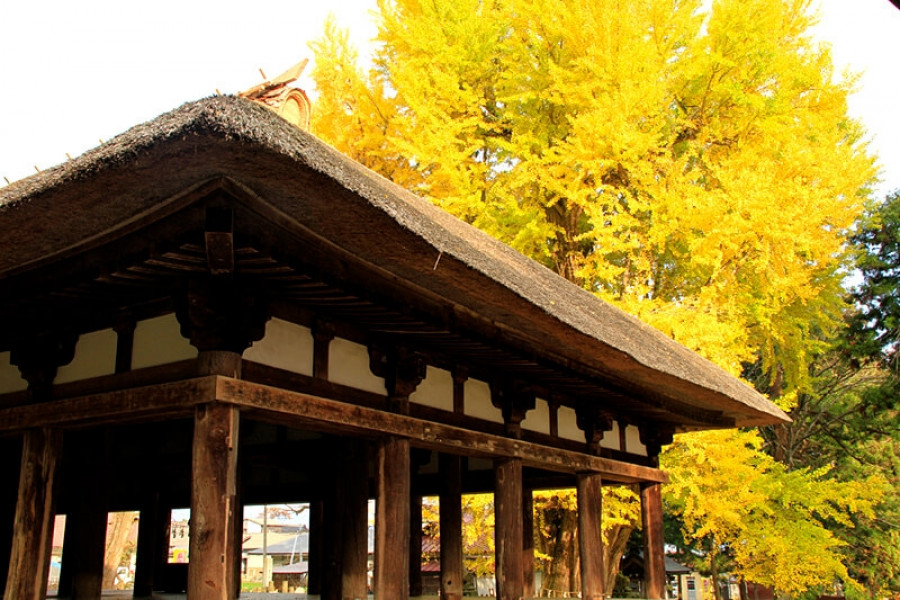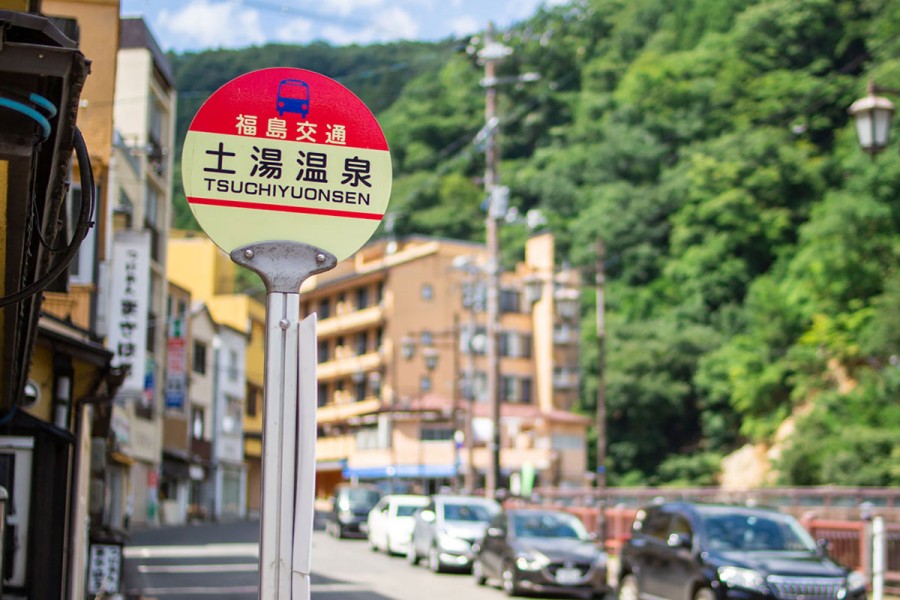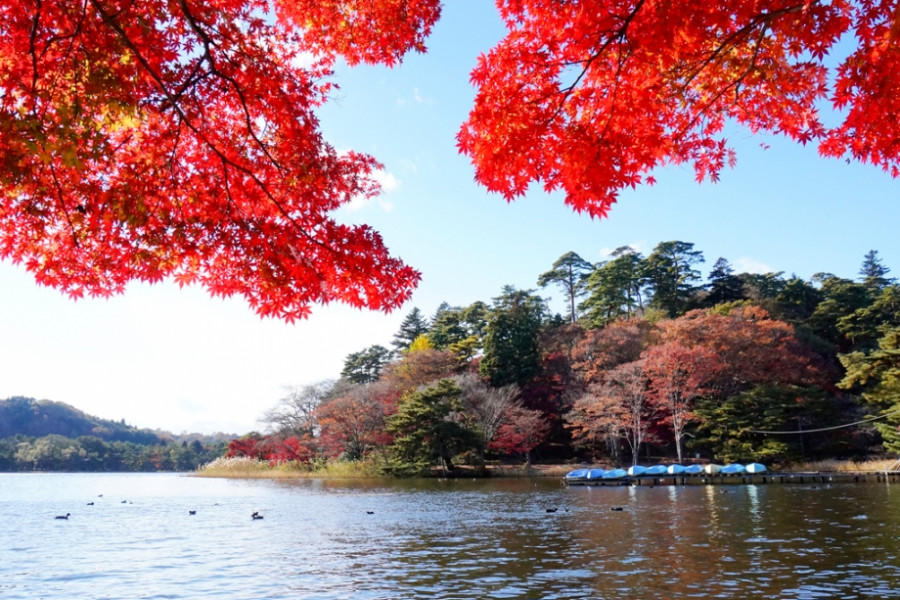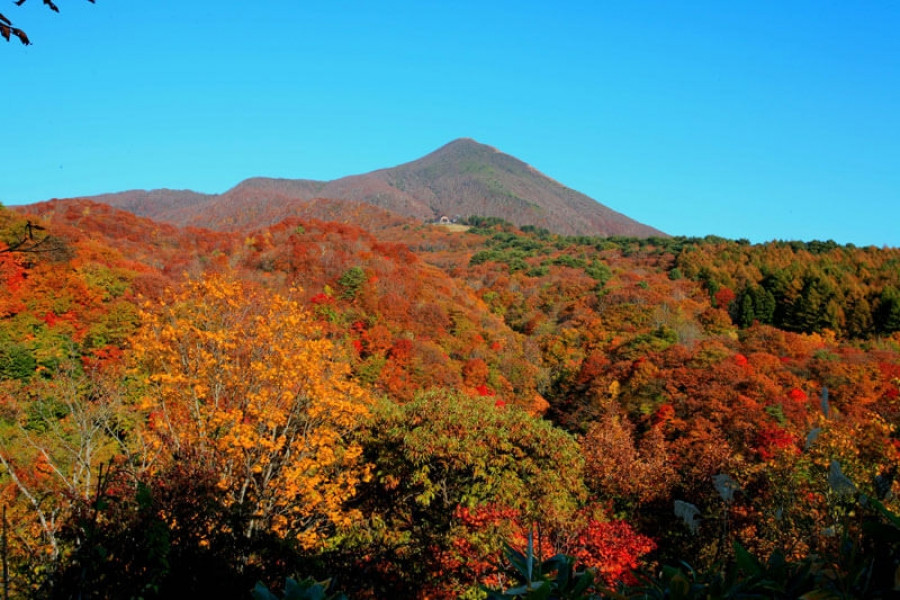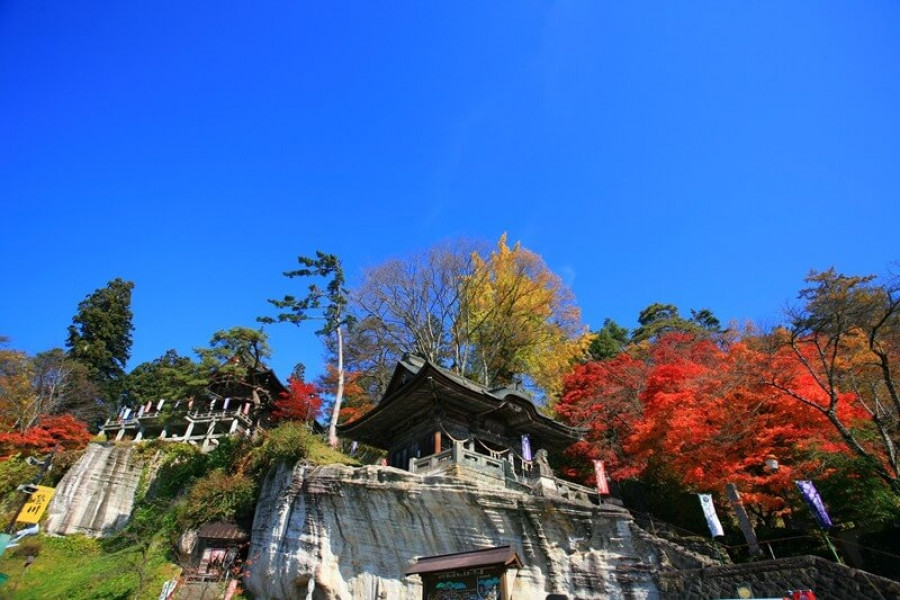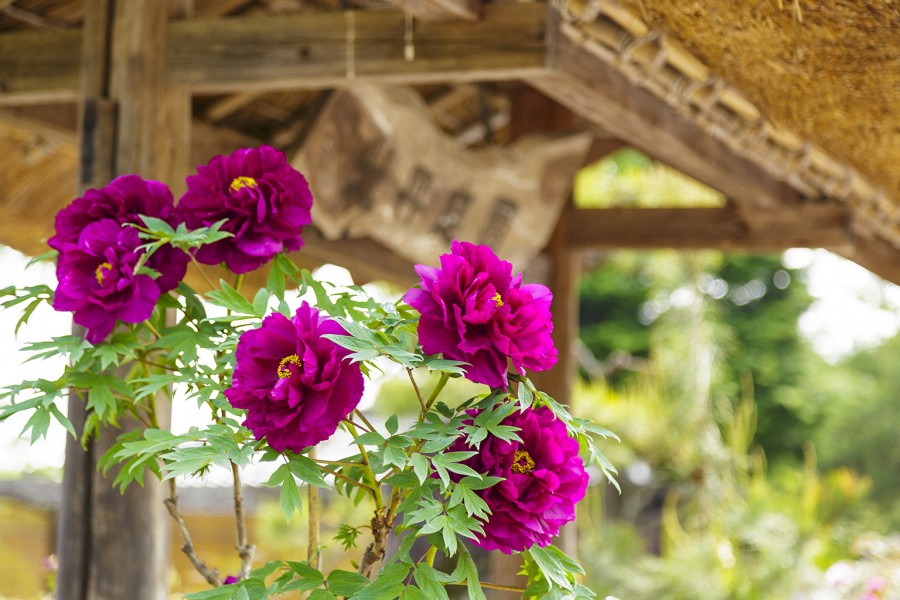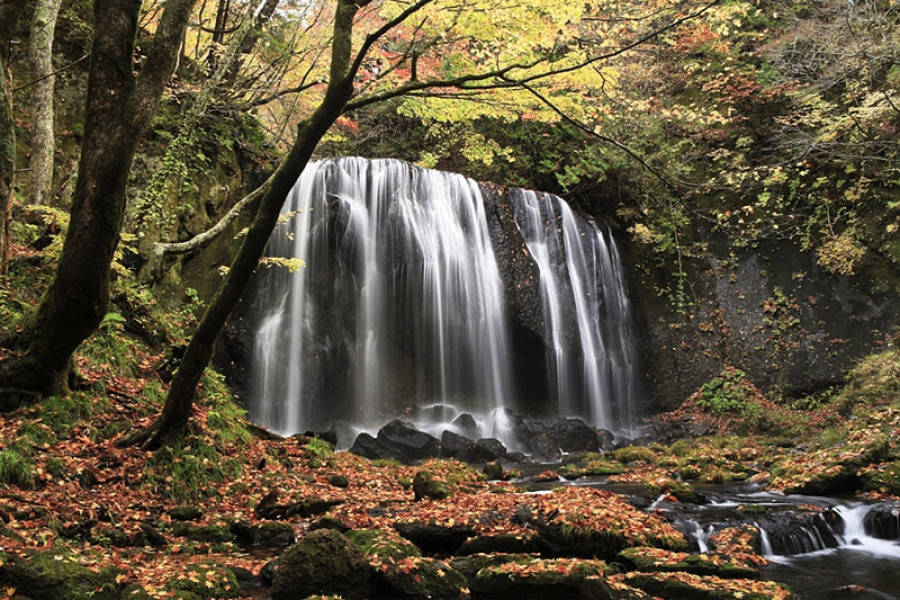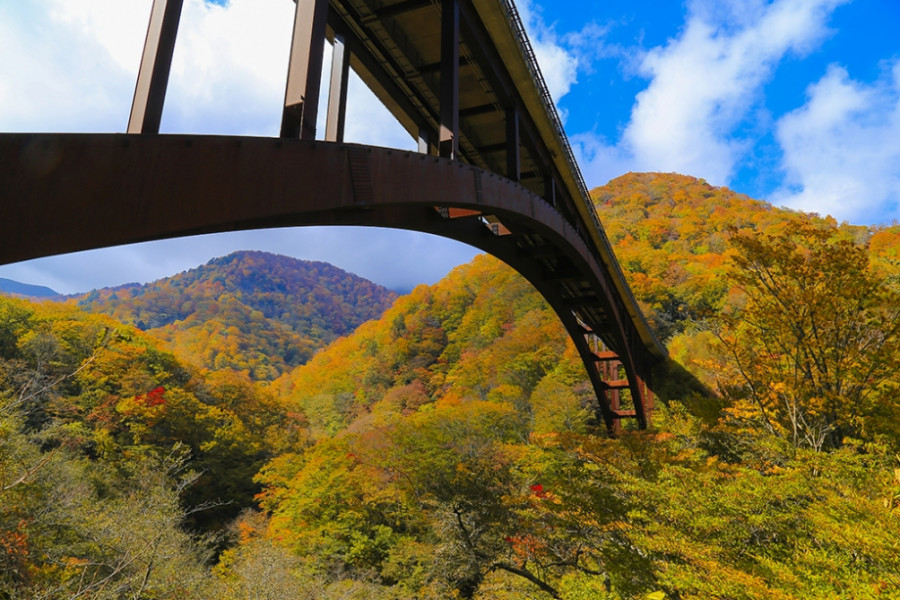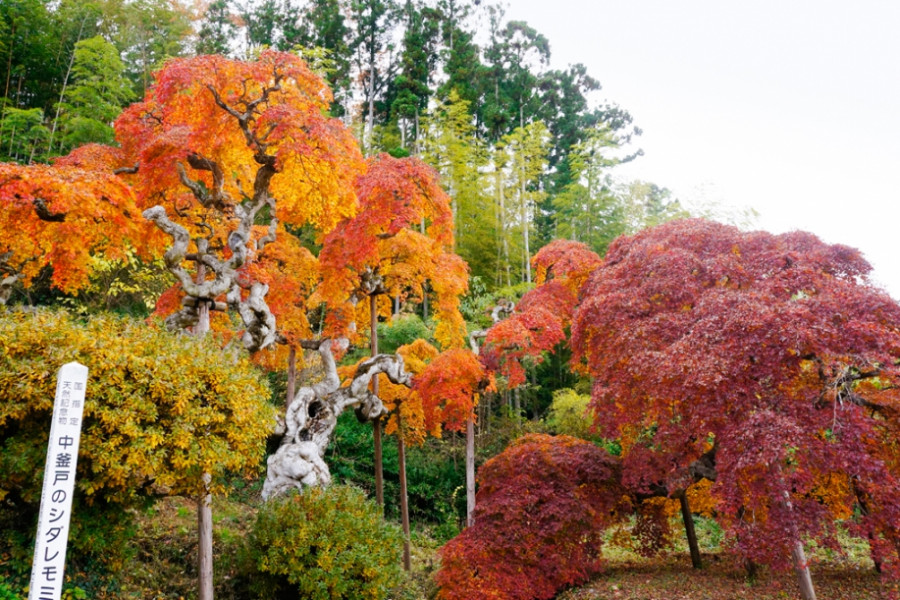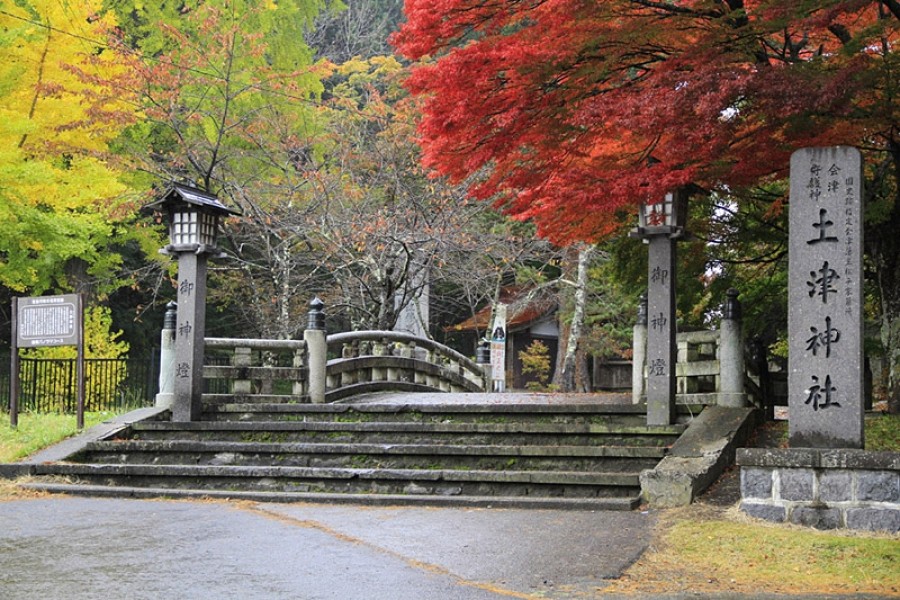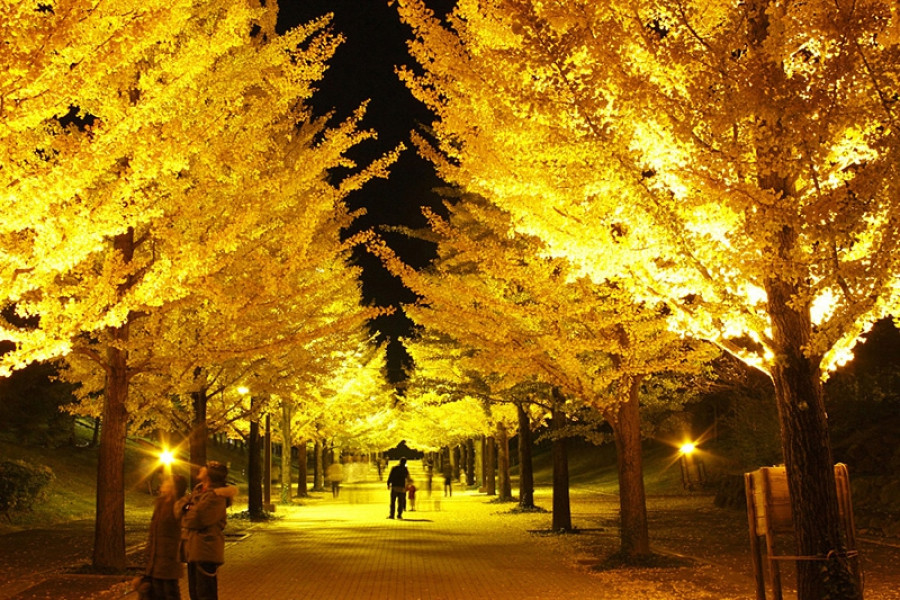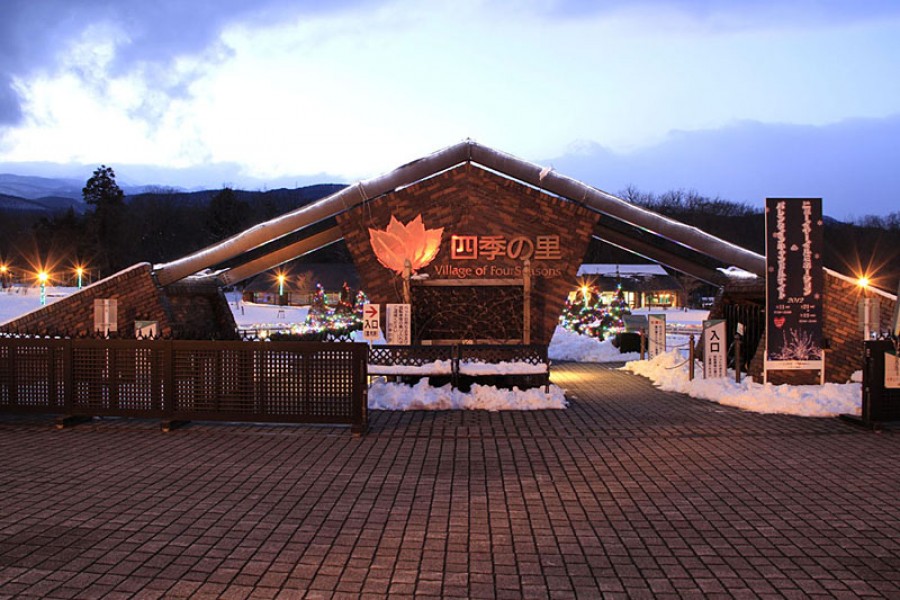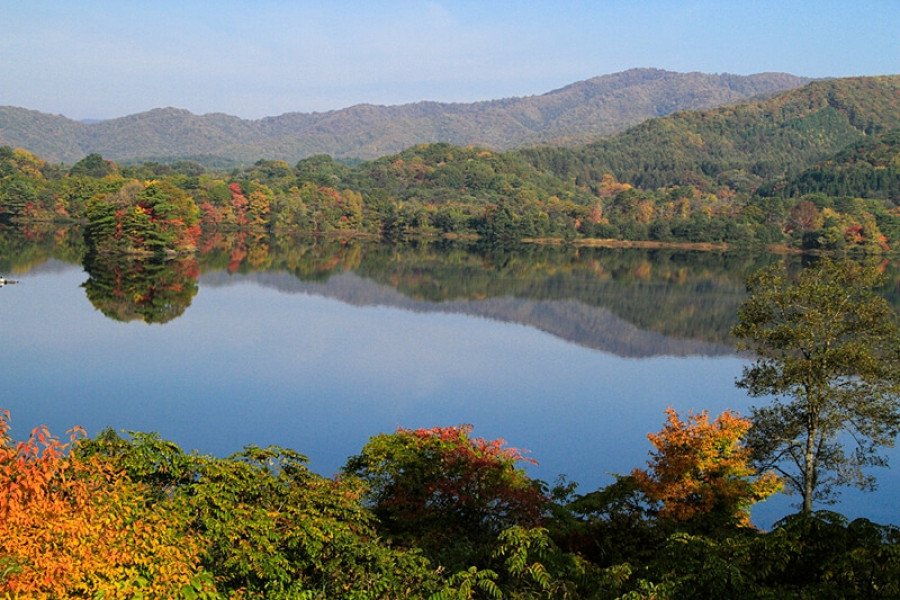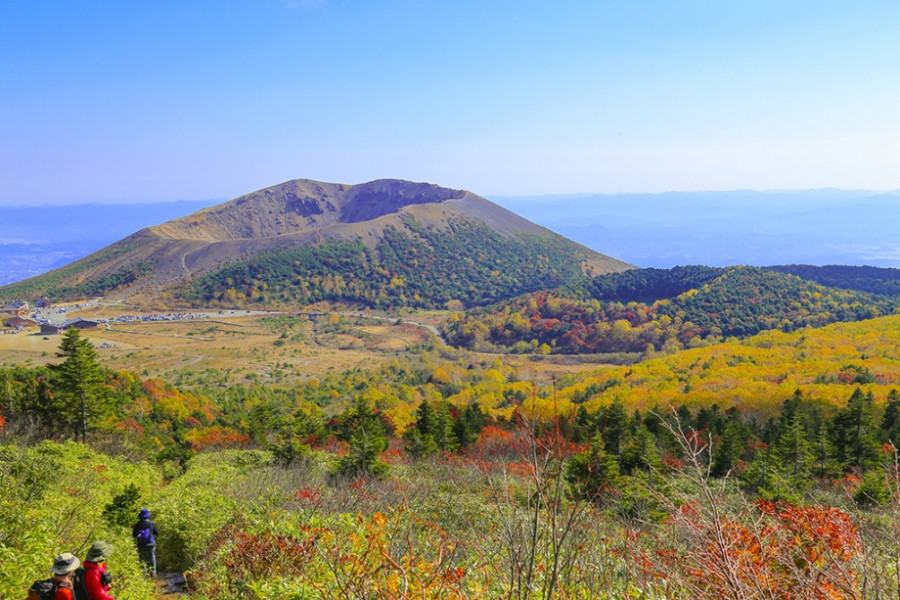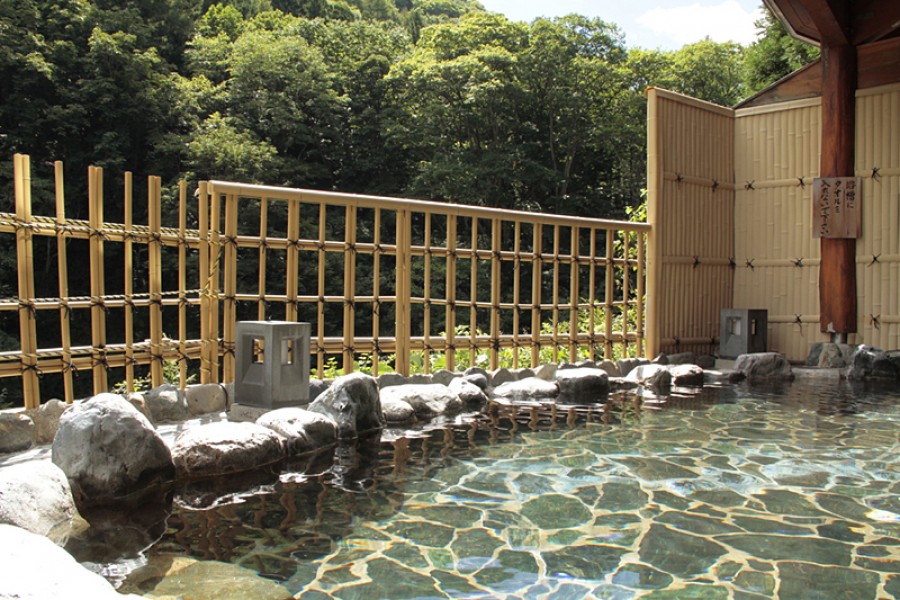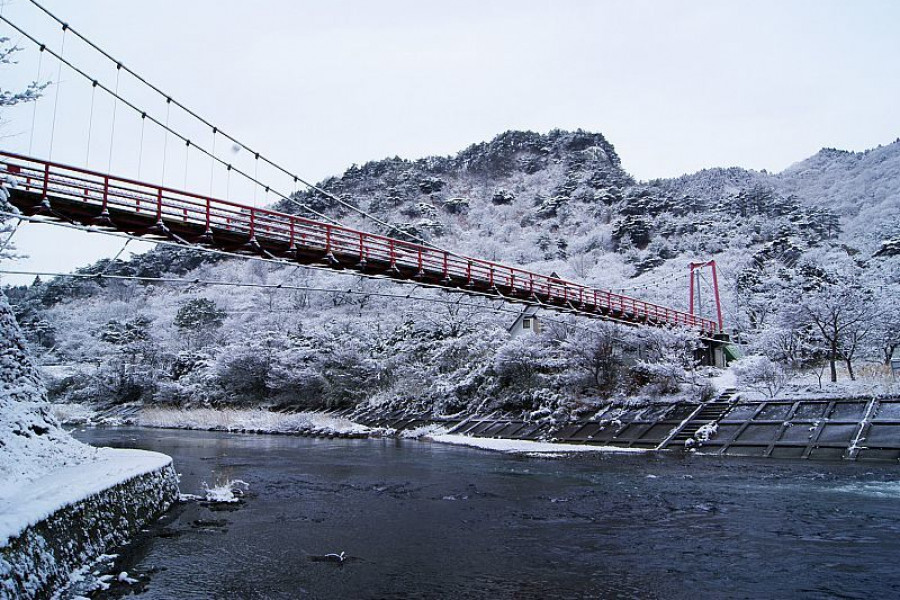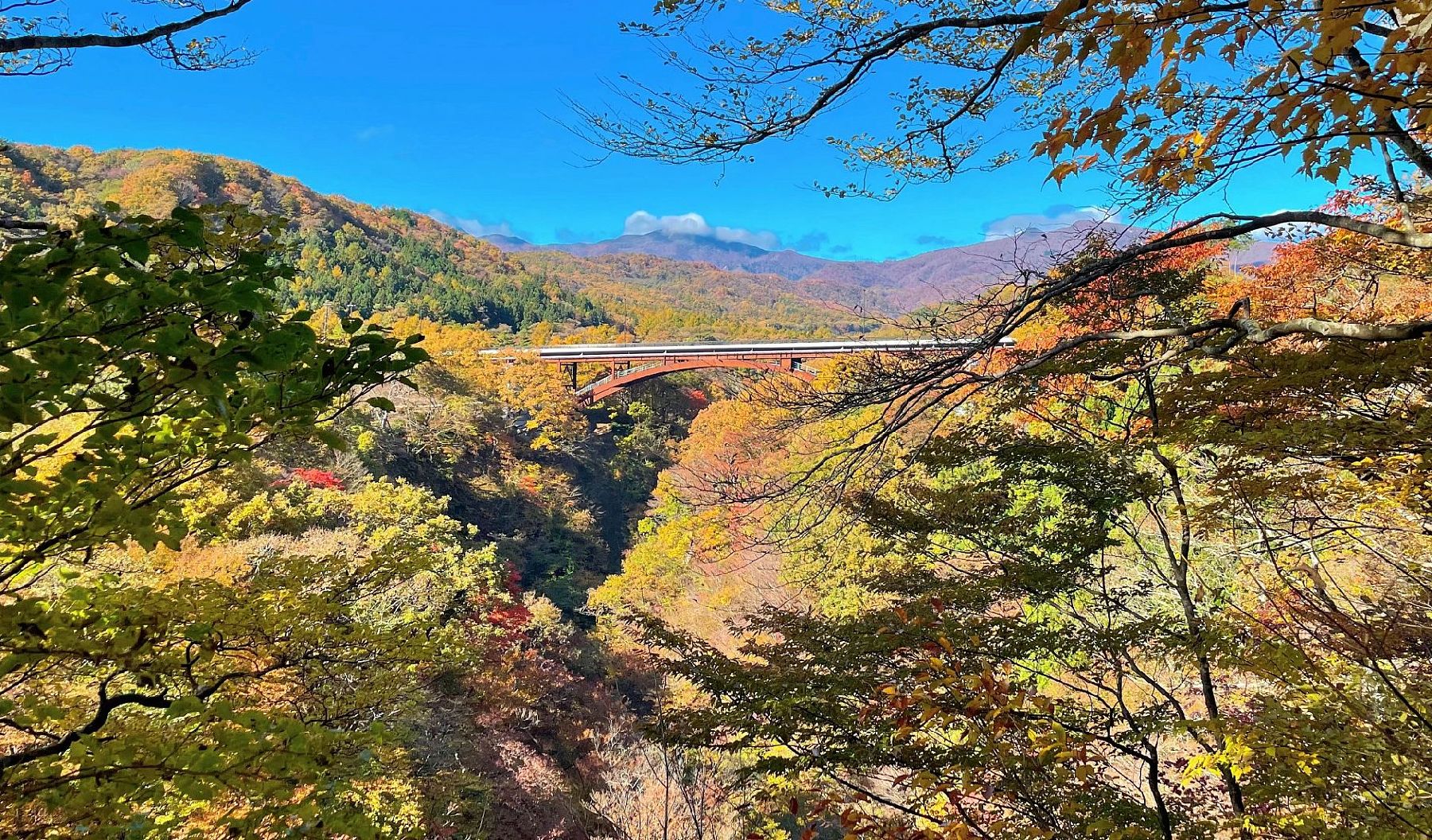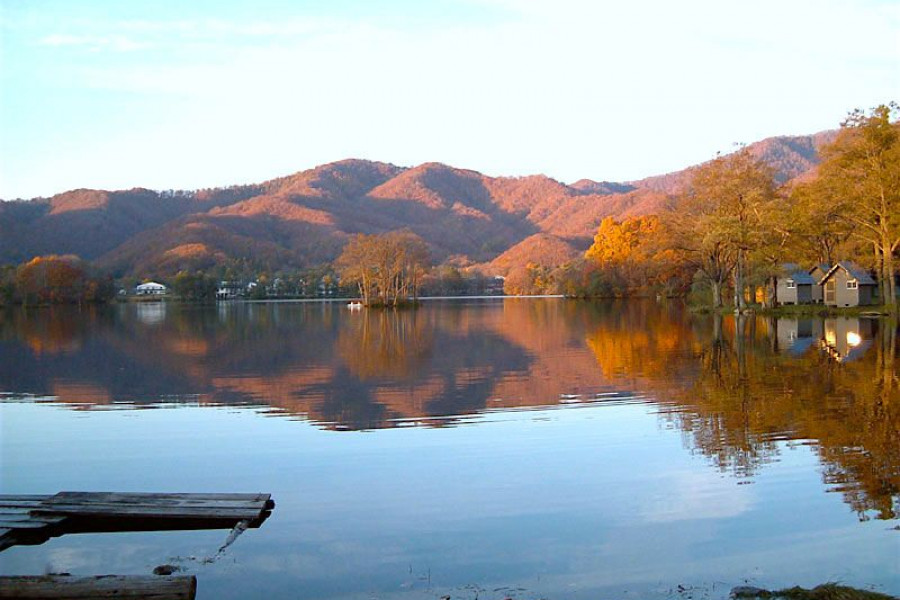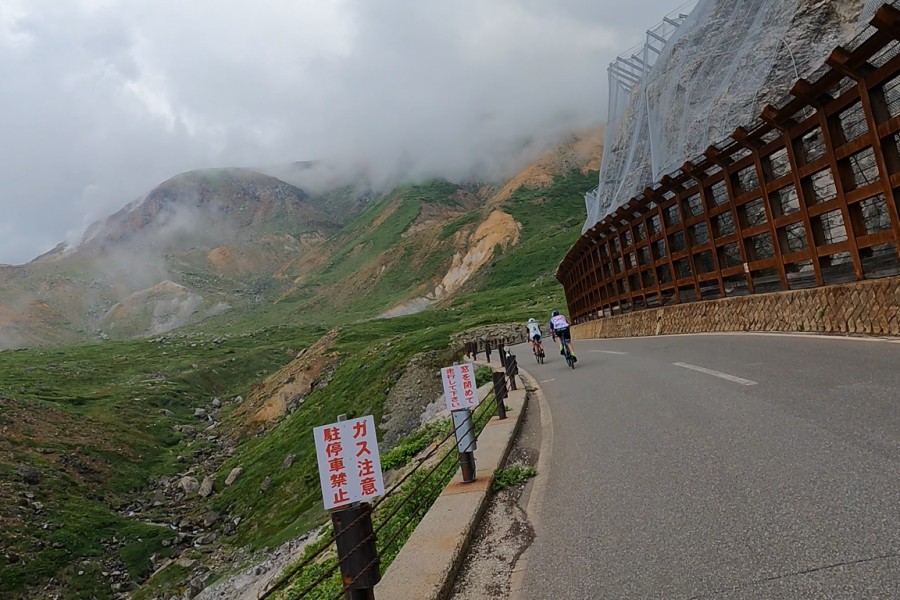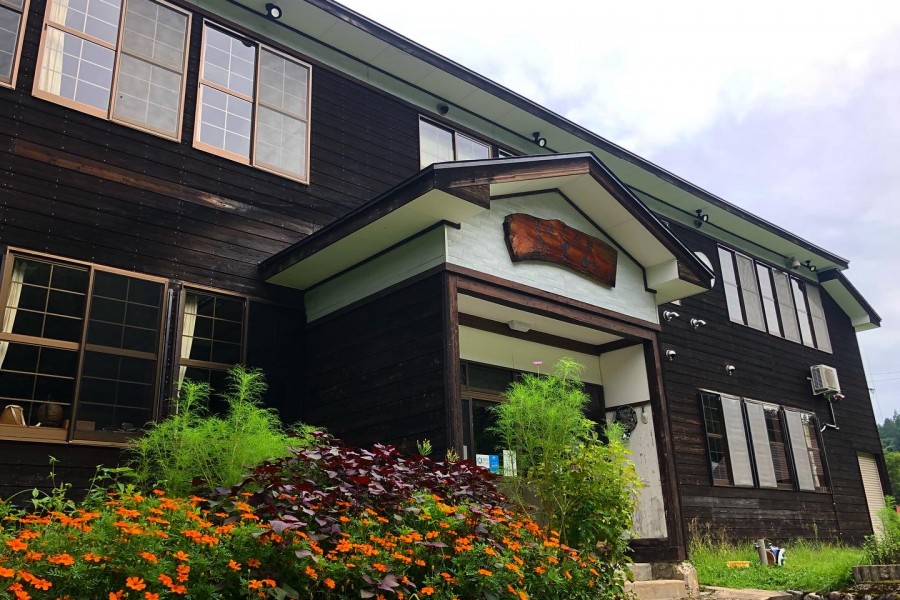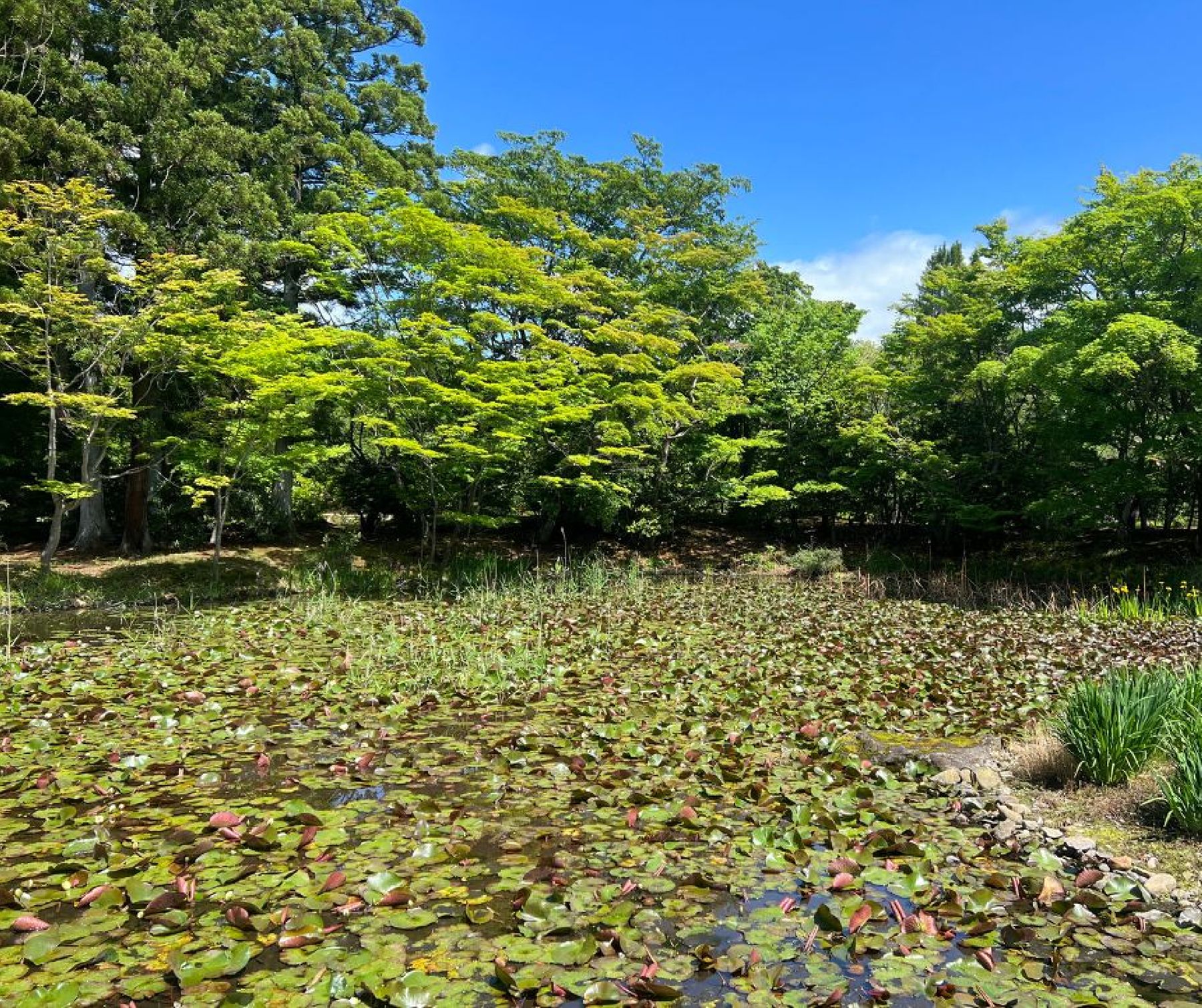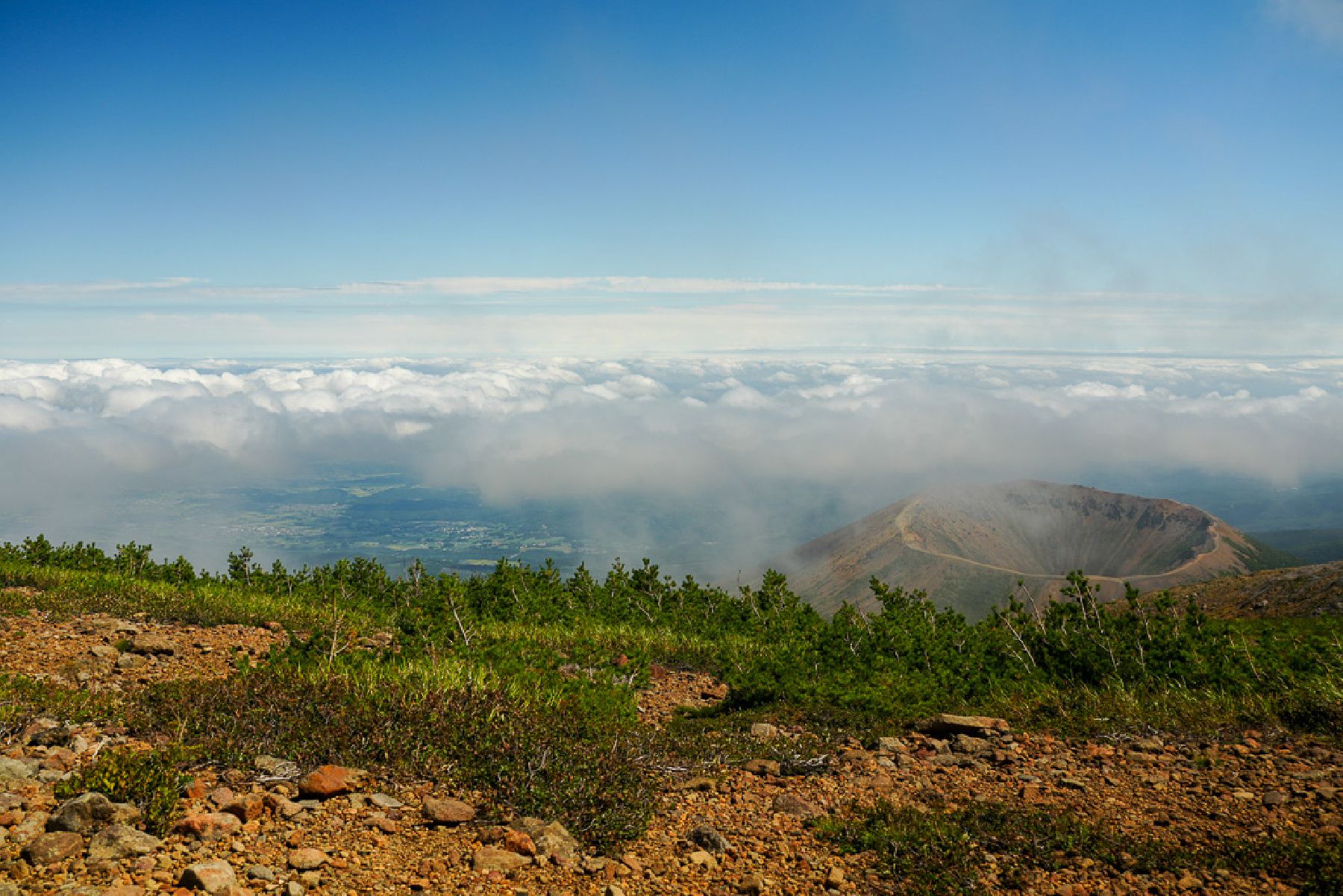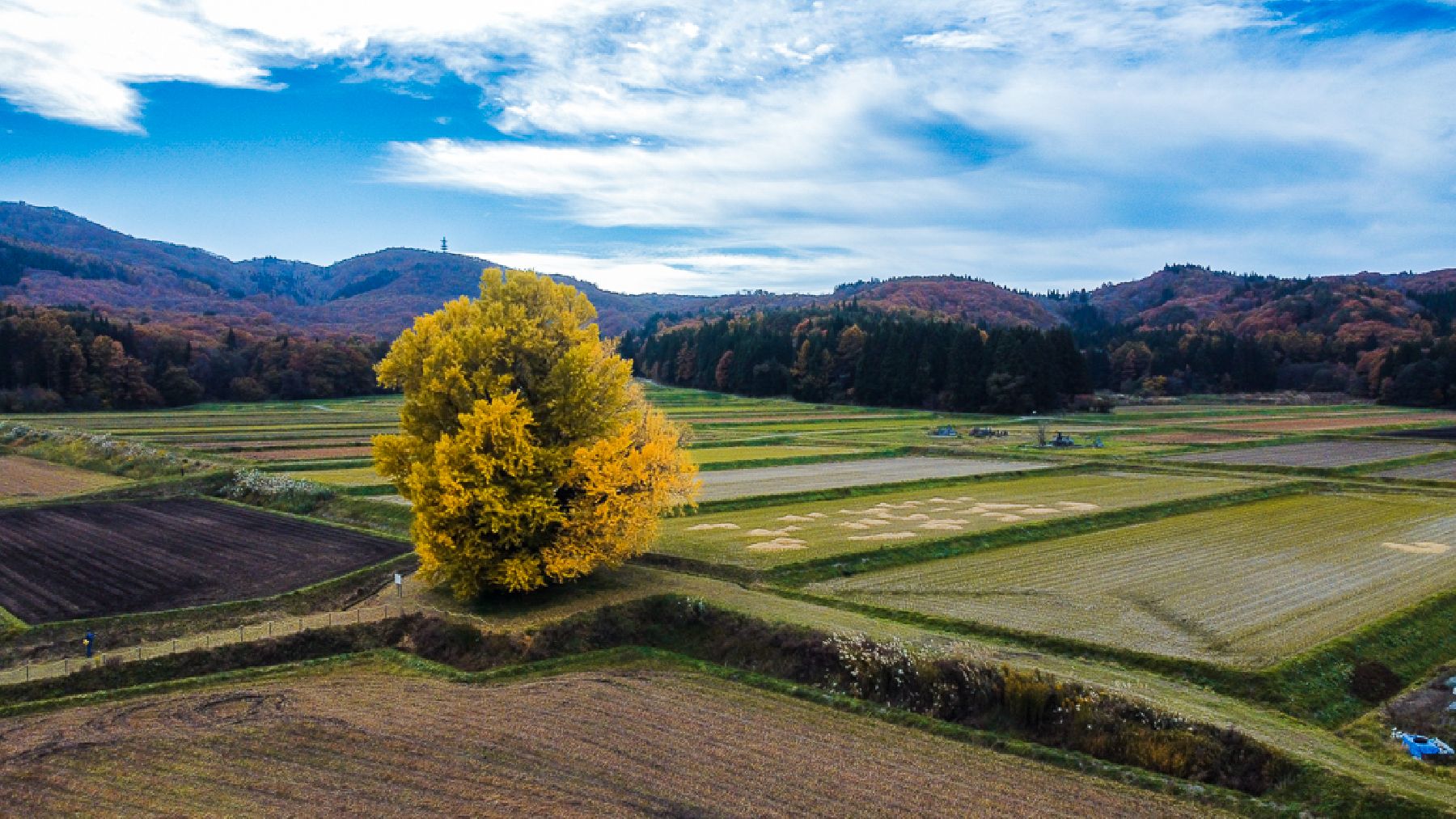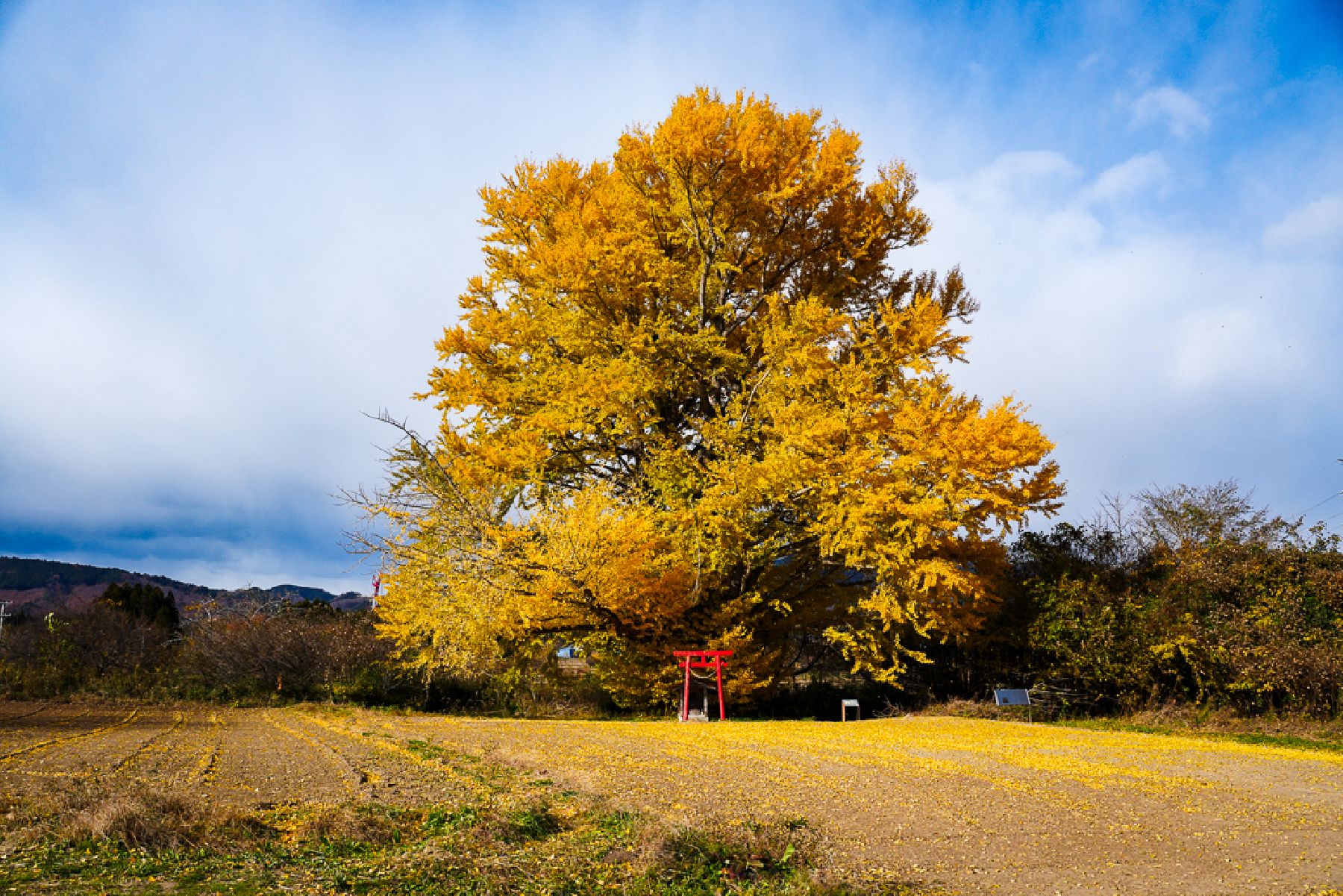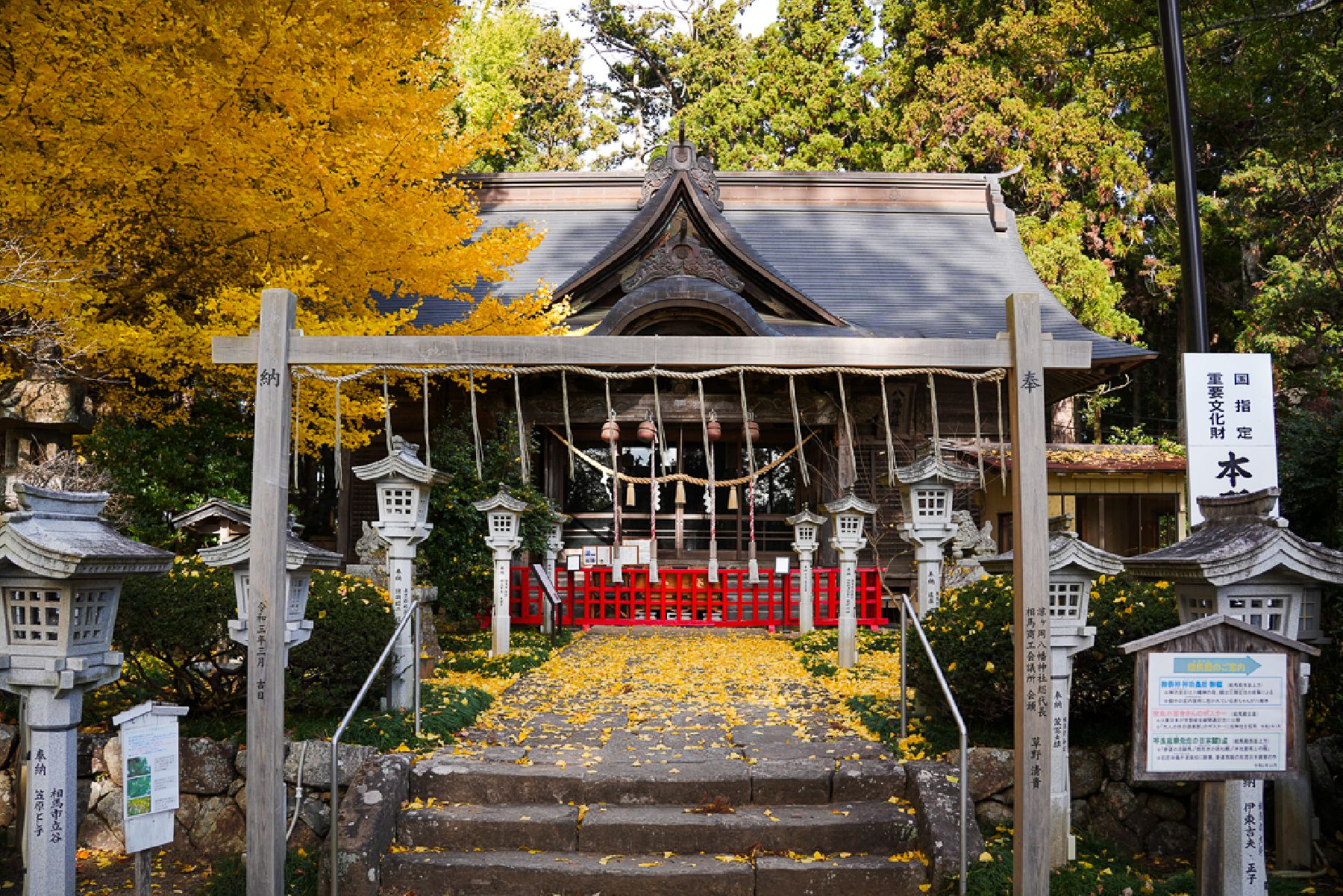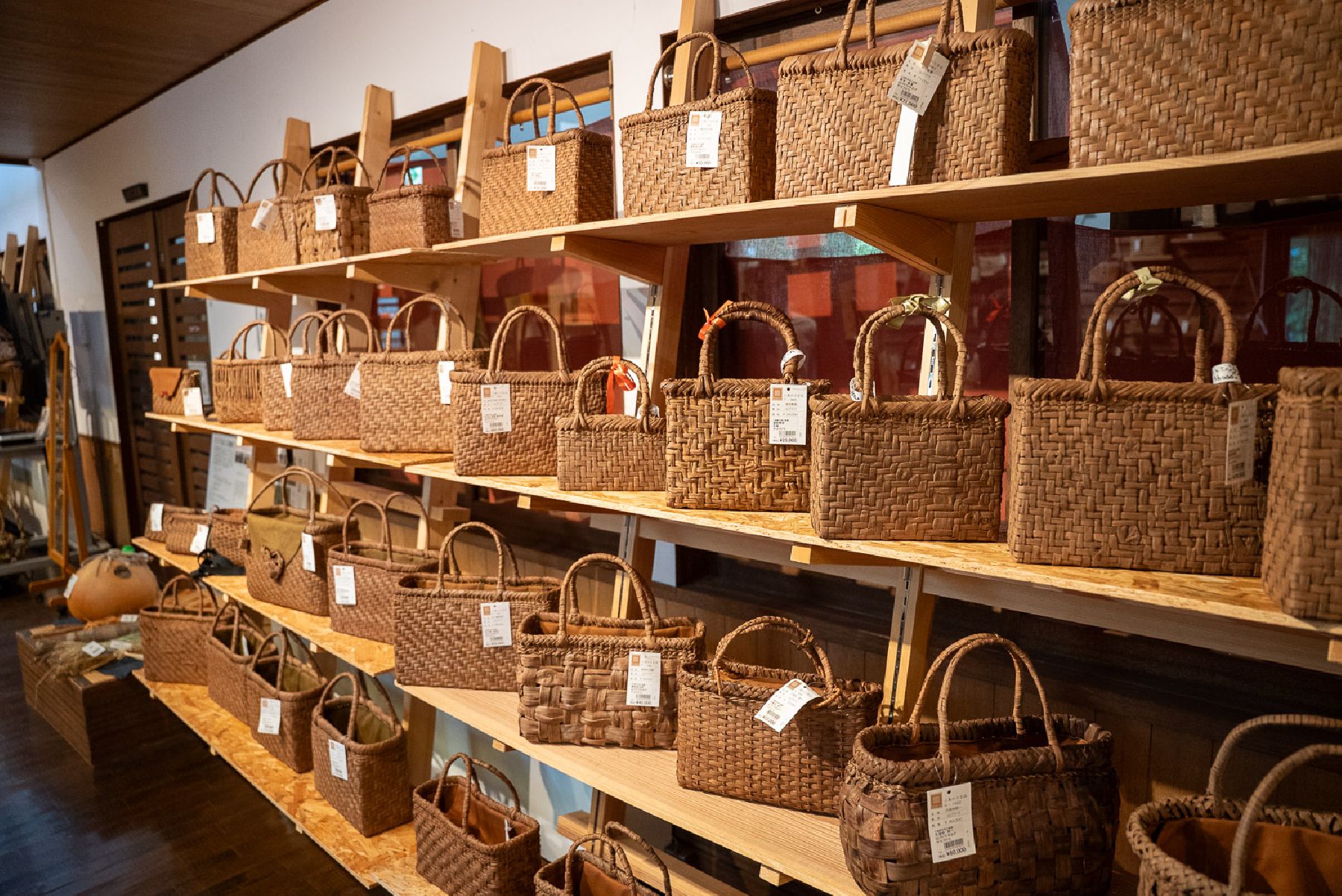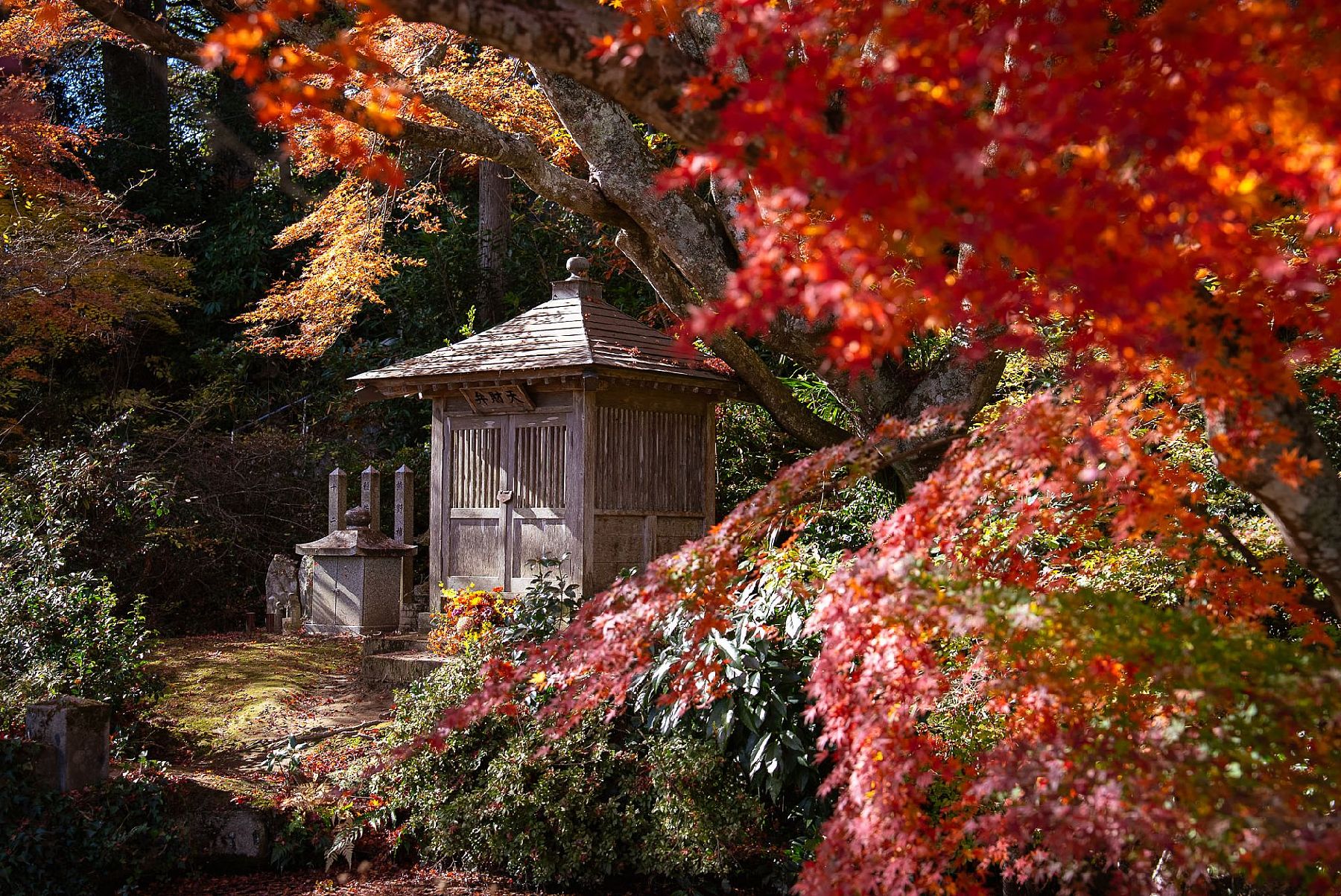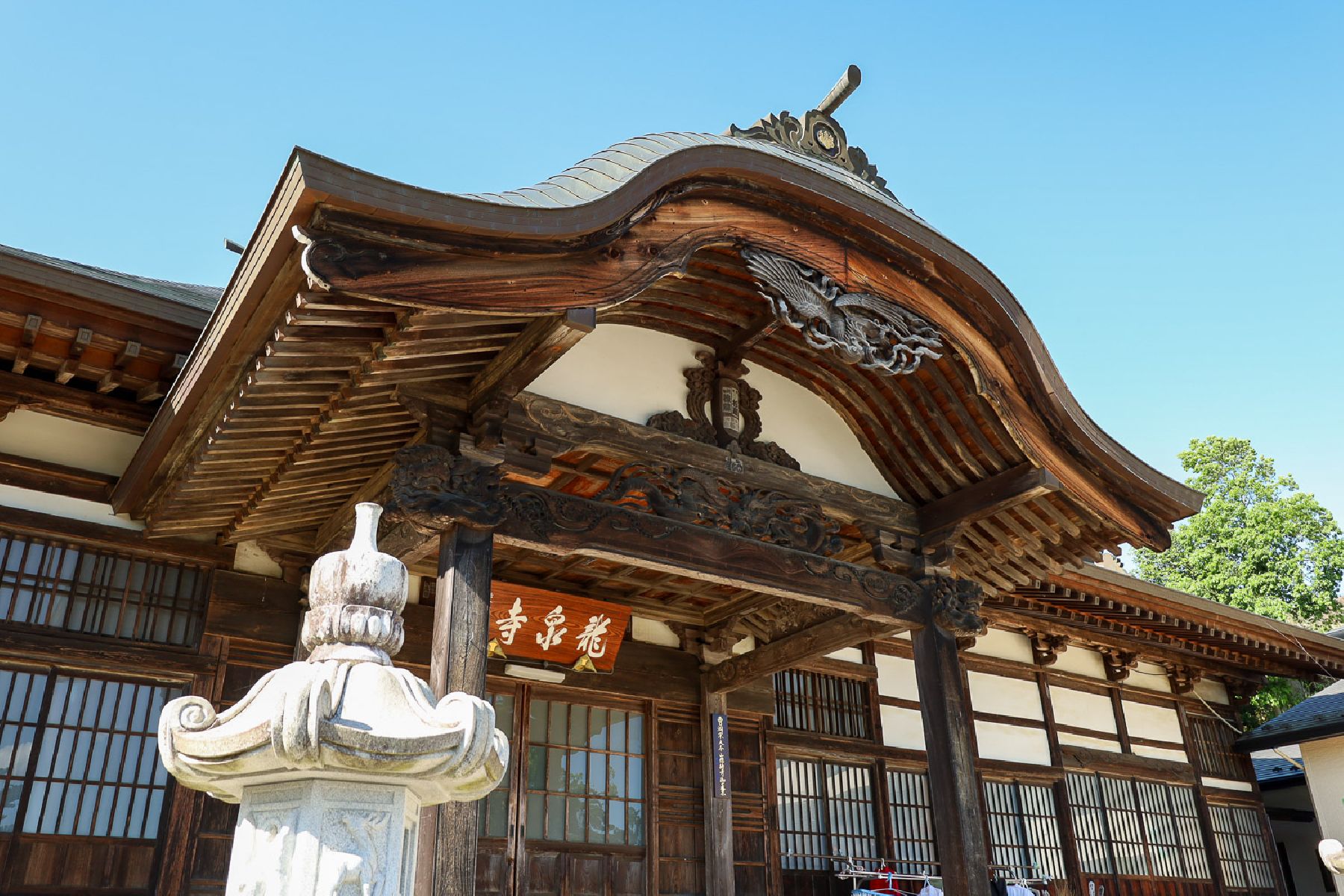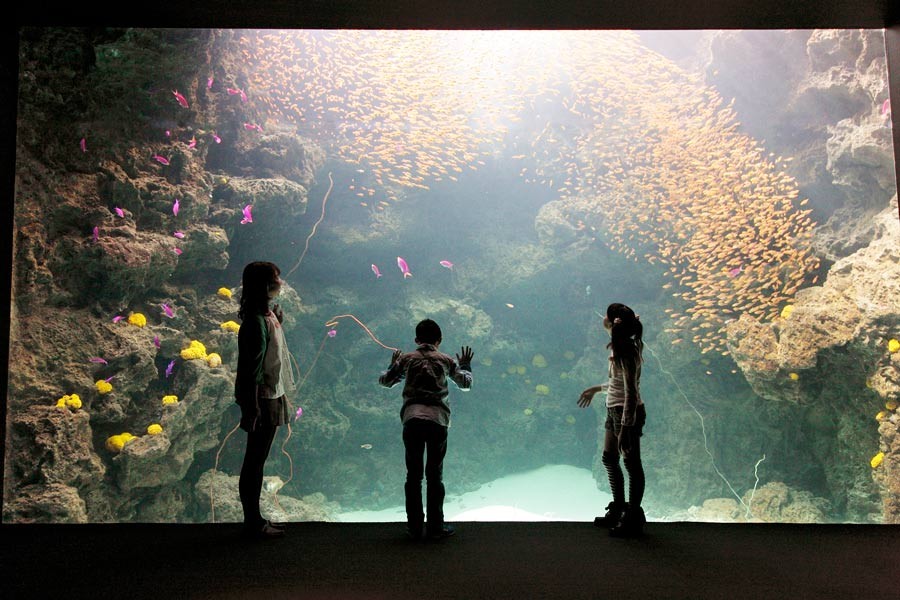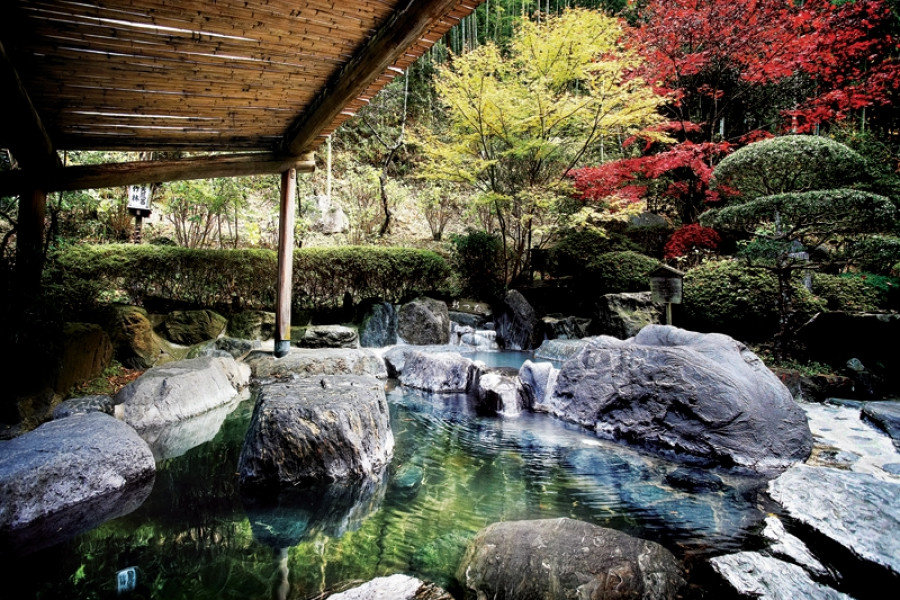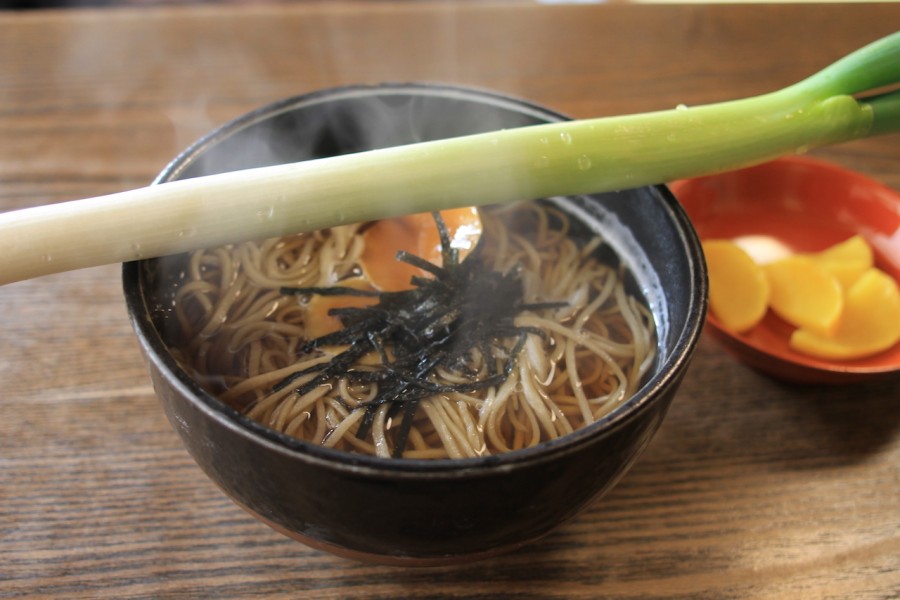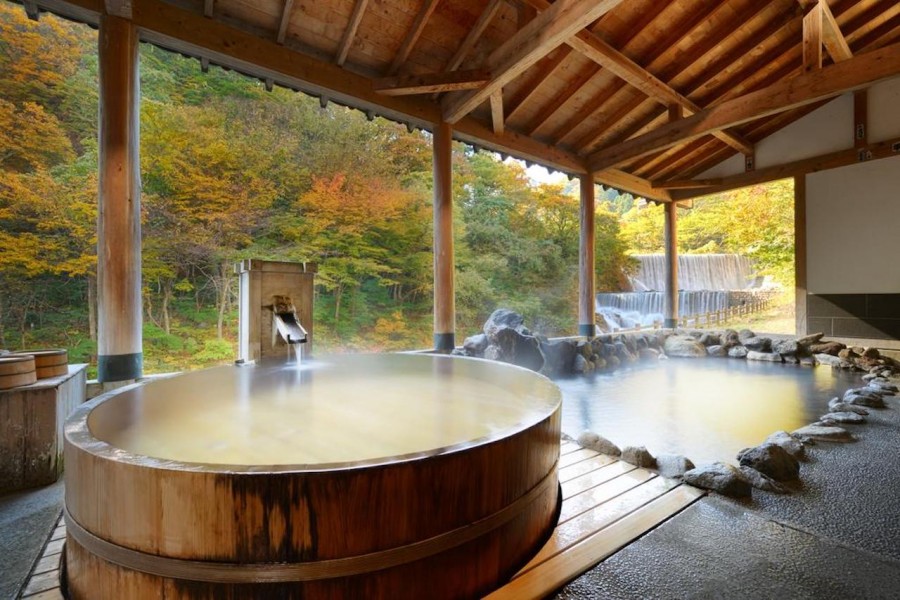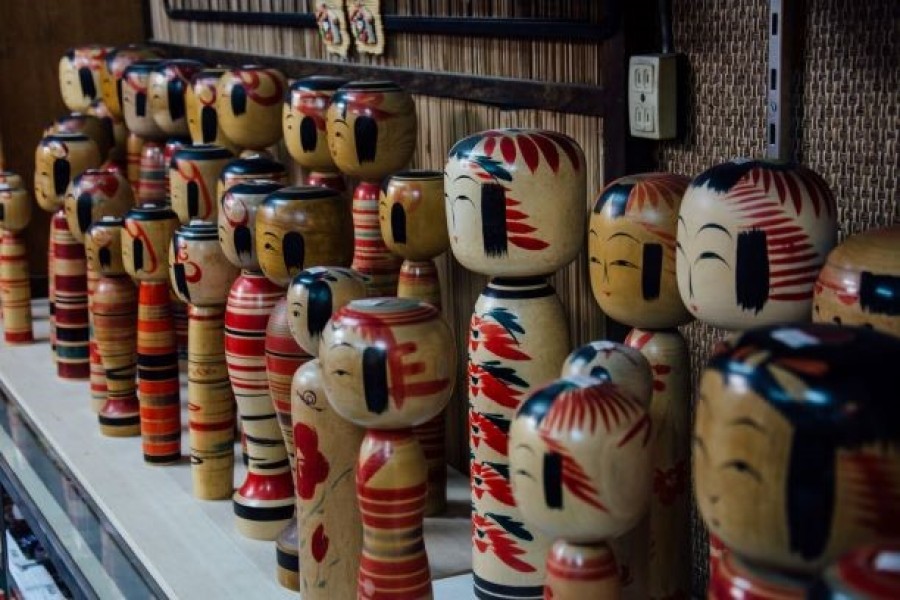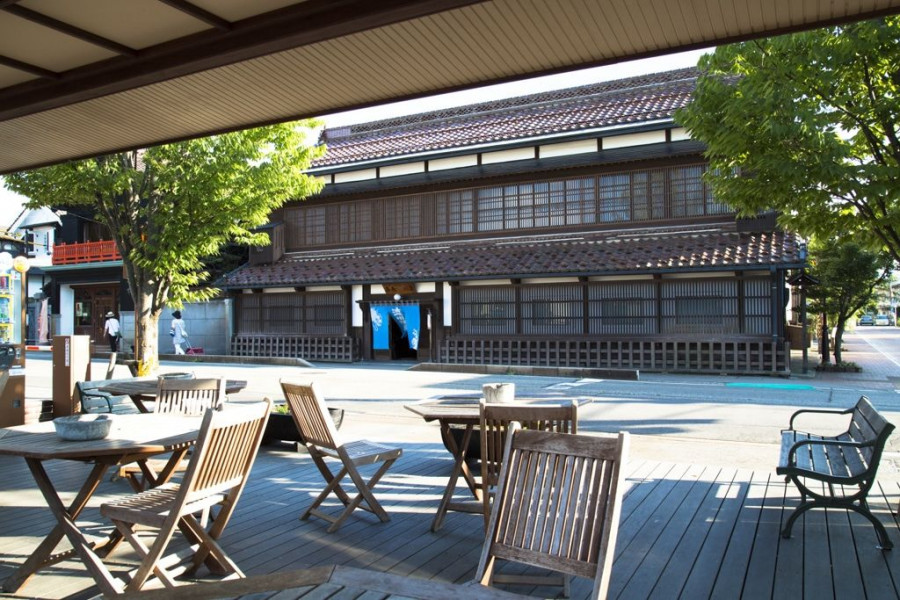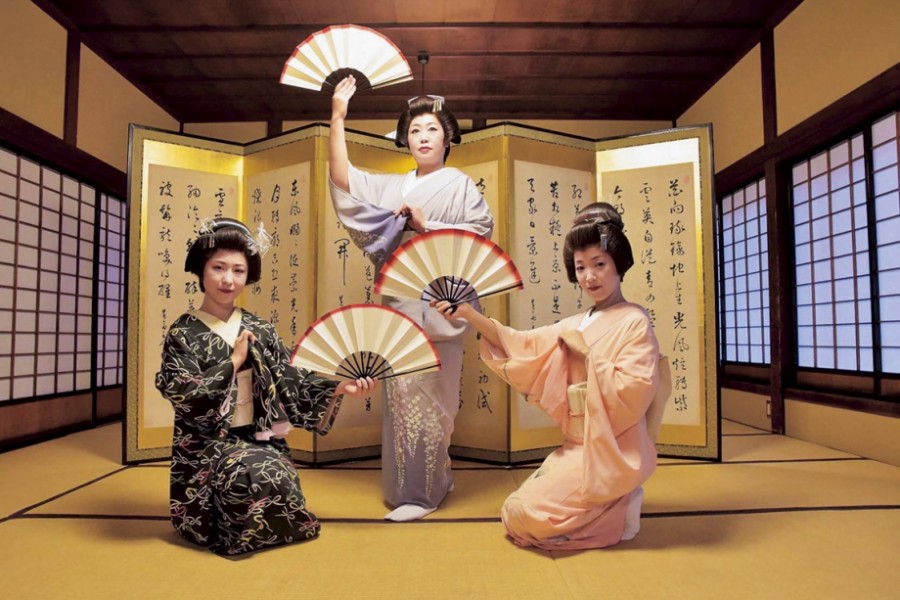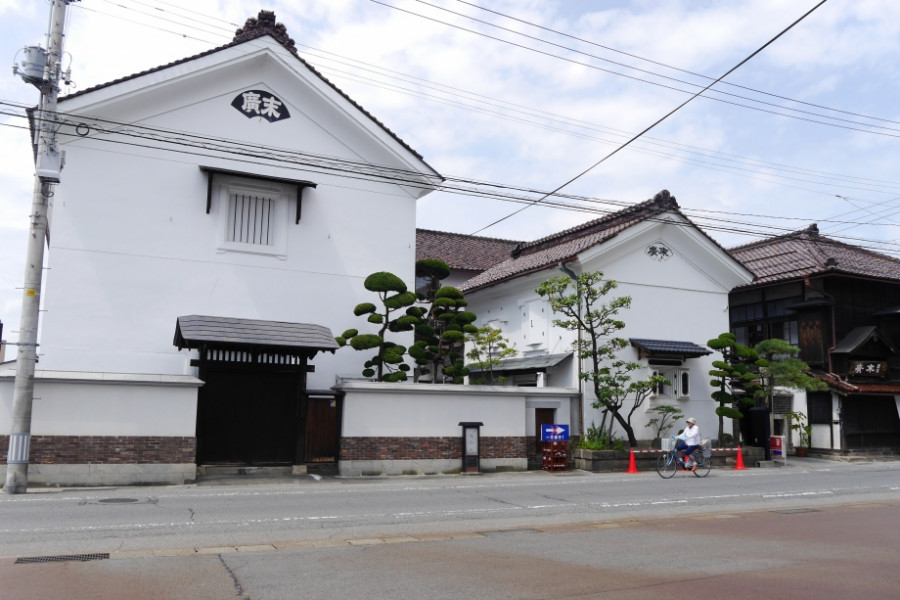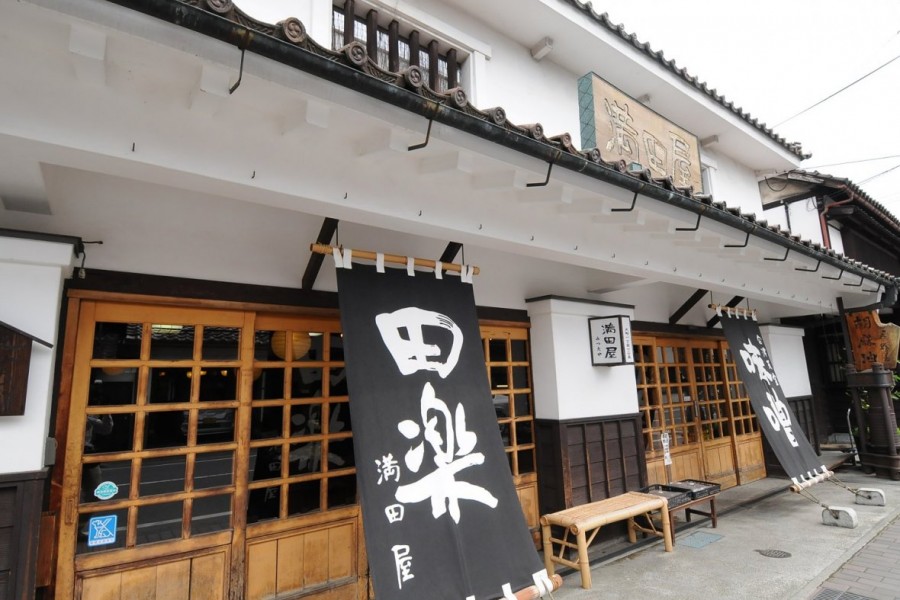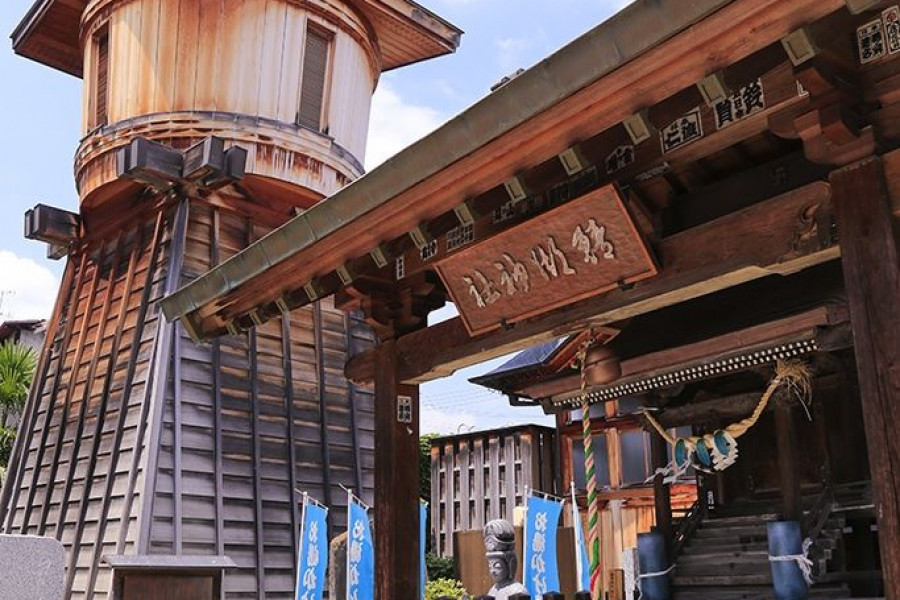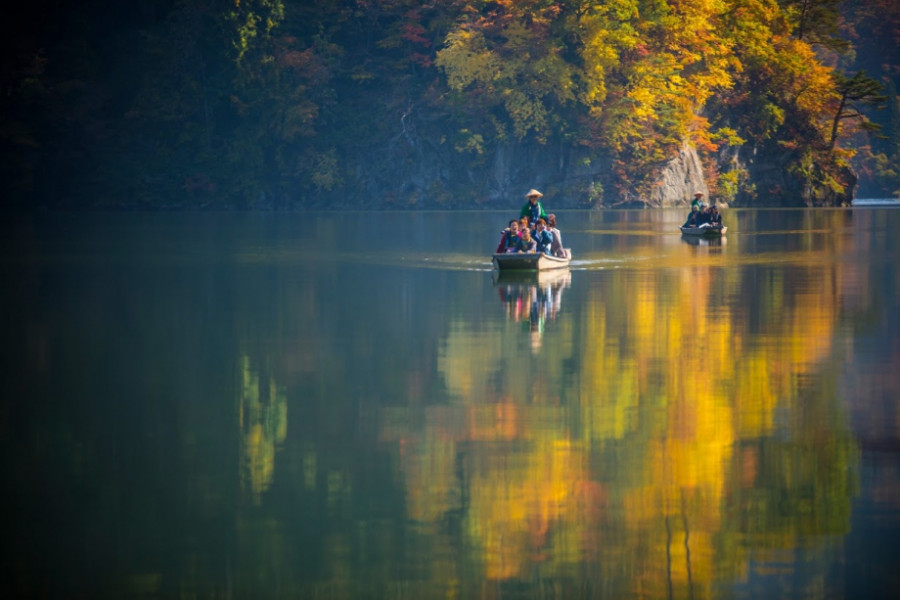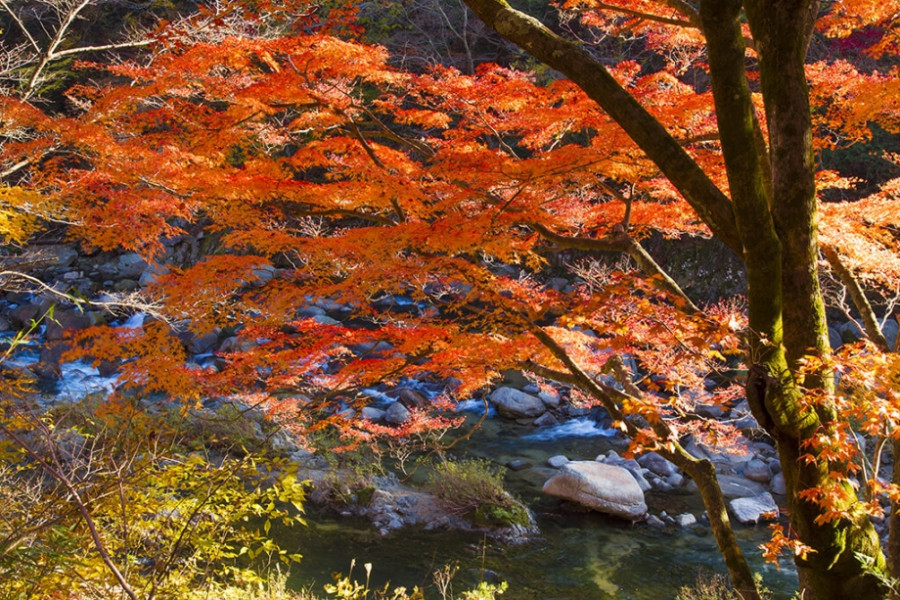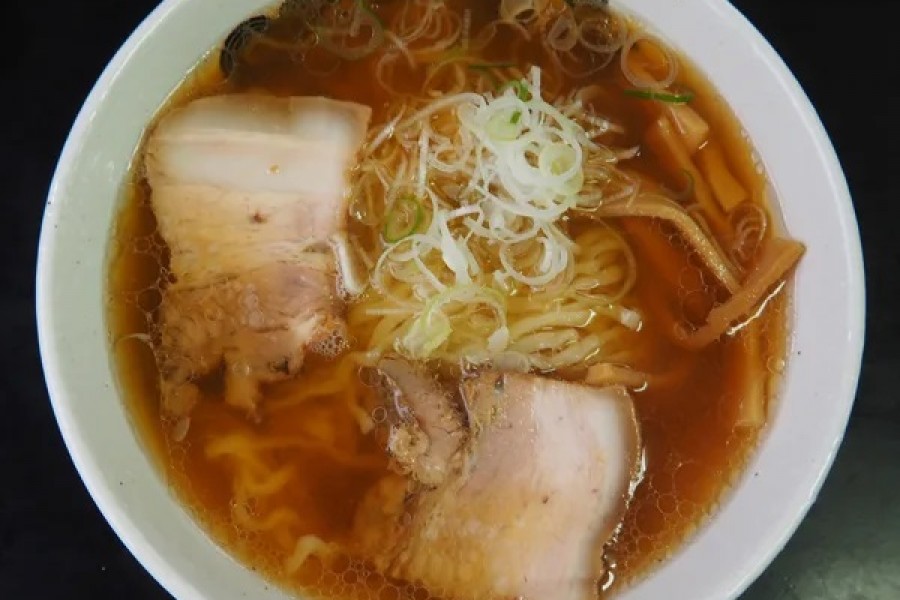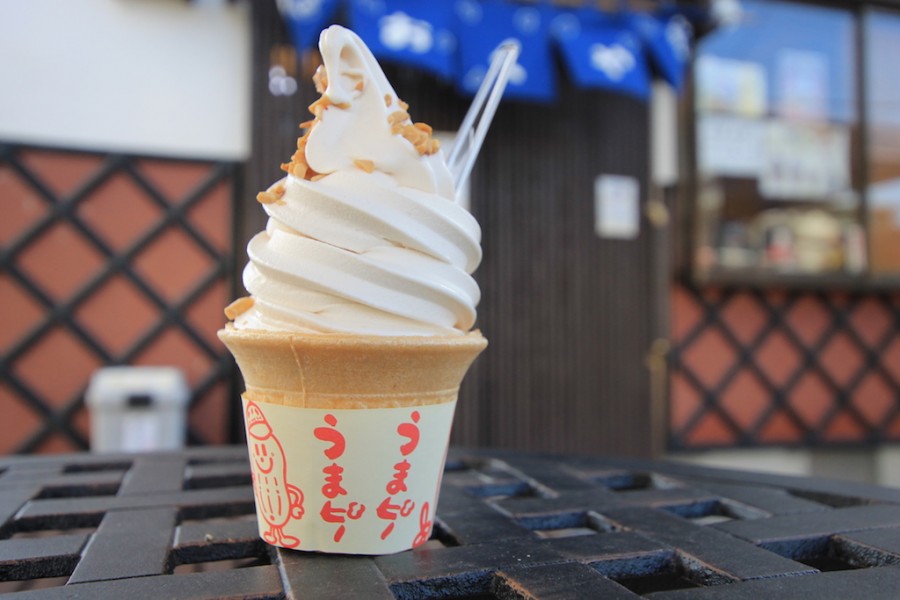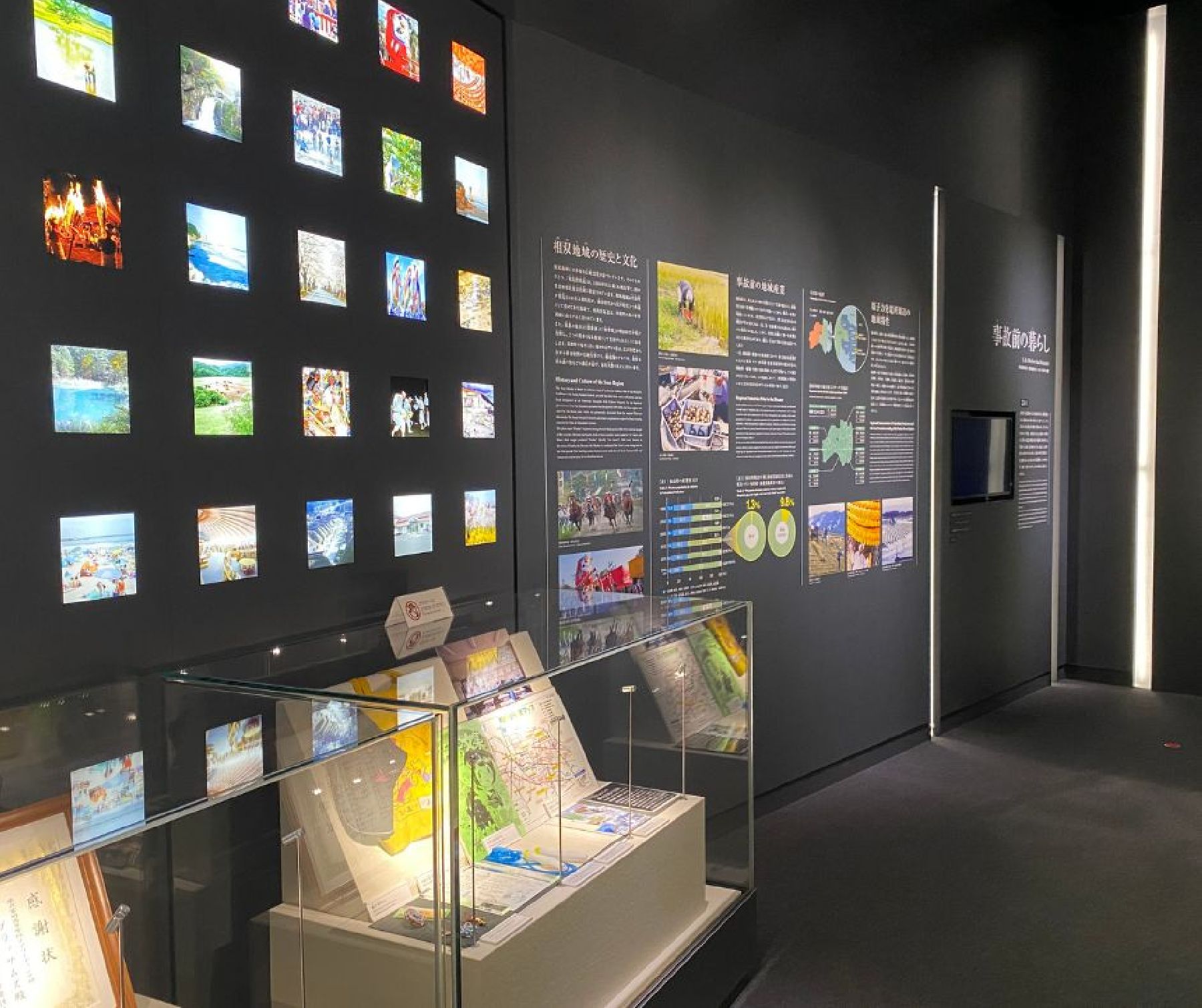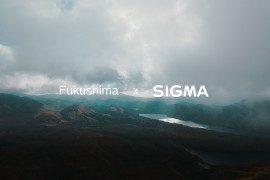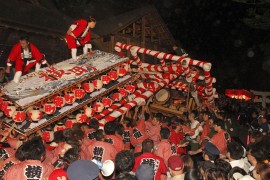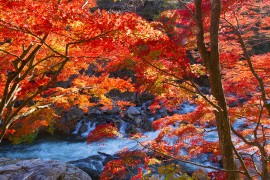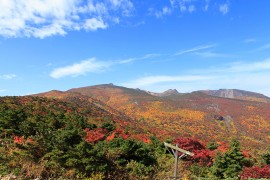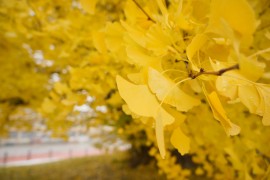Destination Spotlight
Fukushima x SIGMA: A Photographer's Paradise Route
This route through part of Fukushima has it all, fantastic autumn views, history, and adventure! Follow the route that we took to produce our video, "Fukushima x SIGMA: A Photographer's Paradise."
Grab your camera, and LET'S GO!
Tsurugajo Castle
First we went to the gorgeous and historic Tsurugajo Castle, a bright white castle that pops against the fall colors.
The high walls of the castle that once gave archers the strategic advantage against invaders, now provide fantastic angles for photographers. We walked along the castle walls and searched for the best angles of the bright white castle framed in the warm autumn leaves.
The castle tower is now a museum where visitors can view artifacts and learn about the history of samurai in the area. This castle was one of the final strongholds of samurai during the Boshin War and the final days of the Tokugawa shogunate. Something to think about as you photograph this historic location.
Be sure to check out the Rinkaku Tea Rooms on the castle grounds, it’s a great place to photograph some Japanese plants and a traditional garden atmosphere. Not only is the garden beautiful, but you can even enjoy traditional Japanese sweets and Matcha green tea if you have time.
(Read more about Tsurugajo Castle...)
Sazaedo Temple
Next, we arrived at Sazaedo Temple, a unique Buddhist temple that was built in 1796.
When we first arrived, I was a bit confused. The entrance is a red tori gate that seems to be the entrance to a deep forest. After crossing under the gateway, we followed the stone path and suddenly the sound of a rushing river greeted us. A river surges through a curving canal and under a small bridge, then out of sight. Before even catching a glimpse of the temple we could feel the spiritual power of this place. To the right, a set of stairs and leads up to Sazaedo Temple.
This architectural wonder is hexagonal in shape and has a unique double helix staircase. A must-see! The outside is beautiful, but the inside was what I looked forward to the most. We went inside to capture photos of the walls and ceilings that are plastered with the names of families who visited hundreds of years ago, an old Japanese tradition. Lit only by the natural night that streams in through the windows, this place truly felt like a step back into another time.
(Read more about Sazaedo Temple...)
Yunokami Onsen
Next we went to Yunokami Onsen, one of my favorite places to visit in Fukushima.
We searched ahead to find out what time the train would be coming and arrived just in time to capture photos of the train passing by. Watching the local train roll into this cozy countryside station was one of the highlights of my day! This place is truly special. The mountains around the station are small and cute, shaped like the triangular mountains that a kid might draw. In autumn when the autumn foliage gives the mountains their warmer colors, it provides a cozy backdrop to the thatched roof of the station.
The name of this station has the word onsen in it, and sure enough, there is a foot onsen to warm you up! A great way to spend some time while waiting to capture the perfect picture of the train rolling into the station. I get cold easily so this was a great place for me to warm up. Inside the station there are lots of old fashioned candies and snacks, I picked up a few to try and they were so delicious, I highly recommend checking that out.
(Read more about Yunokami Onsen Station...)
To-no-hetsuri Crags
Next we visted the To-no-hetsuri Crags, a beautiful and romantic place where huge cliffs overlook a gorgeous river.
The autumn leaves, white cliff faces, and turquoise water contrast beautifully making for great memories and photographs. We crossed the suspension bridge and wandered around the cliffs to find places to take some great photos. A narrow staircase leads to a viewpoint and a small shrine that is built into the rock face, that was an exciting surprise!
One of my favorite memories here was just standing at the bank of the river after crossing the bridge, autumn leaves gently falling from the cliffs above and landing delicately on the surface of the river. We explored here for a while and captured some really amazing photos, this is a great spot and felt like the kind of dramatic landscape that you might see in an old Japanese painting.
(Read more about the To-no-hetsuri Crags...)
Ouchi-juku
Arriving in Ouchi-juku felt like stepping back into the old world of samurai!
The historic post town, looked like an ancient village, and the coolest thing was that there were still traditional businesses run by families whose ancestors lived here since ancient times. There are tons of alleyways and old fashioned cafés to stop and take photos of. At the end of the road if the most popular photo spot where you can capture an image of the street that runs through the middle of town.
We explored the shops, and captured photos of the town and the unique alleyways. We stopped at one of the many noodle shops in town and tried negi soba (fresh buckwheat noodles eaten using a green onion), stick-roasted char fish, fire roasted rice cakes and more! My favorite memory here was holding up one of my snacks to photograph it against the blue sky. I got really excited when I noticed the warmly colored thatched roofs seemed endless as they blended into the warm colors of the mountains. Sitting down to enjoy my snack in one of the alleyway cafés was a nice way to spend the last moments of the day as the sun set behind the mountains.
After a long day of photography, it was nice to slow down in the evening and spent the night in one of the historic buildings that have been functioning as guesthouses for hundreds of years.
(Read more about Ouchi-juku...)
Lake Sohara
In the early morning light we drove to Lake Sohara for gorgeous views of the lake. We almost went paddling on the lake to see what kind of photos could be taken from the water, but ultimately we chose to move on to the next location. However, if you like paddling it seems like a lot of fun!
Bandai-Azuma Lake Line
Next we drove along the beautiful Bandai-Azuma Lake Line and enjoyed the excellent views.
But of course we didn’t just drive by, we stopped a few times for photos and these were two viewpoints that you should definitely check out!
Nakatsugawa Valley Viewpoint
First we stopped at the Nakatsugawa Valley Viewpoint, here we captured photos of the gorgeous view of the Nakatsugawa river winding through the autumn colored valley.
To access this viewpoint, you will want to park at the Nakatsugawa Keikoku Resthouse and walk to the viewpoint through a short path through the trees. The trees on this path were also very beautiful so be sure to have your camera out, but watch your step. I had a hard time focusing on the path as the wind through the trees along the path was truly enchanting.
Sanko Paradise Viewpoint
We continued driving along the Bandai Azuma Lake Line to reach the second viewpoint, the Sanko Paradise Viewpoint.
Sanko literally translated to “three lakes,” from this viewpoint you can enjoy the view of three lakes framed by autumn colored mountains. My jaw dropped at this view, the mountains and lakes were so beautiful. As we drove there were quite a few clouds forming in the sky that made me a bit nervous... However, as we pulled up to this viewpoint, the clouds made way for rays of sunshine that illuminated the mountains and valleys in a truly magical way.
Goshiki-numa Ponds
Next we visited the Goshiki-numa Ponds where the bright blue water contrasted with the warm autumn leaves and made for a fantastic sight!
Take a stroll around the lake and enjoy this spectacular view, while you pick out your favorite angles to take photos from. This unique lake was formed due to volcanic activity in the area, so it can change colors slightly depending on the time of day and the season, so you are sure to capture a unique photo. After taking a lot of photos outside, I was feeling rather chilly, so I quickly grabbed a cup of warm, non-alcoholic amazake, a popular cool weather drink in Japan.
Inawashiro Herb Garden
Next we headed towards Lake Inawashiro and stopped by the Inawashiro Herb Garden.
Here you can go inside and see beautiful collections of flowers, depending on when you visit, there may be an art installation as well. When we visited there was a beautiful exhibit that featured colorful umbrellas by the reflective pond. Research ahead of time when you visit to find out what art installation will be on display when you visit.
Outside there are huge fields of flowers, and depending on the season and what’s in bloom you can take some really beautiful photos. In autumn there are some very cute fluffy red plants called “kochia,” which look like a plant right out of a Doctor Seuss book! We couldn’t go outside when we visited due to the rain, but if you have nice weather, get creative and see what photos you can take here! Be sure to check Instagram for some photo inspiration as many talented photographer flock to this garden every autumn. There are delicious floral flavored ice creams and snacks to try here, I recommend the floral ice cream, despite the cold, it’s worth it!
Lake Inawashiro
As we headed towards the station to travel home, we drove around Lake Inawashiro and gazed out at the gorgeous water and fantastic views of Mt. Bandai in the distance.
If the weather is warm or you don’t mind the chilly weather, I recommend finding a spot along the lake shore to stop and relax under some trees. The rain was coming our way so we went to a café instead. There are lots of local coffee shops and cafes, there are many to choose from and they are quite popular among locals, so I recommend checking one out before heading home. I was nice to relax and drink some coffee and have a bit of cake before heading home.
This two day / one-night long photography tour of Fukushima was a really special way to visit these wonderful places in Fukushima. It was my first time seeing these places and I was in awe for two days straight. These have become some of my favorite places to visit and photograph in Fukushima, and even the whole of Japan.
For more on Fukushima, follow us on Instagram ( @rediscoverfukushima ) and Facebook ( Travel Fukushima Japan )!



